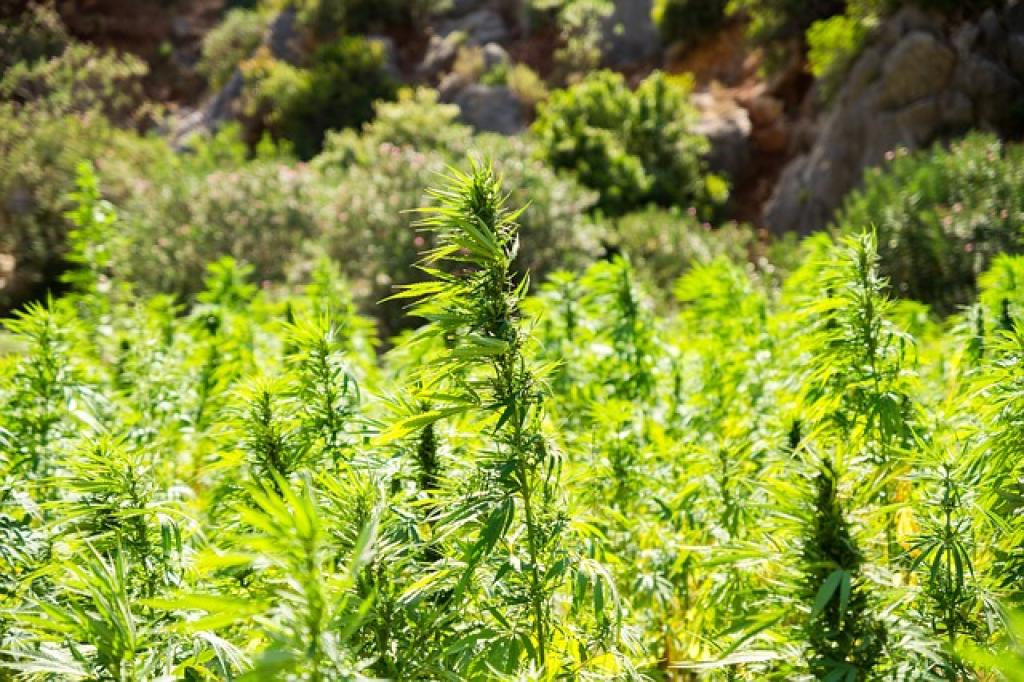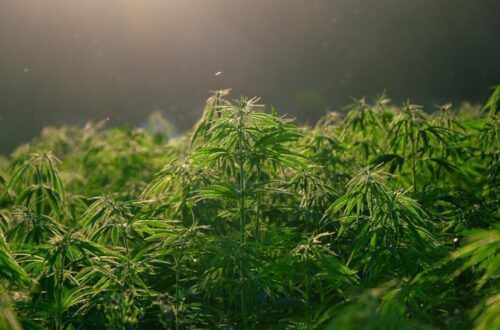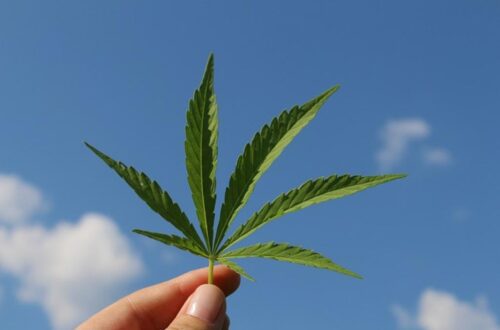Ever wondered what it takes to grow hemp that’s both bountiful and robust? Well, let’s dive into the essentials!
Hemp, with its myriad uses from textiles to CBD oil, thrives best under specific conditions. Getting these factors right can make the difference between a lackluster crop and a flourishing field of green.
First off, soil quality is crucial. Rich, well-drained loam ensures your hemp plants have the nutrients they need. It’s not just about dirt—it’s about the right dirt!
Climate also plays a huge role. Hemp loves a temperate environment, with plenty of sunlight. Ideally, it enjoys temperatures between 60°F and 80°F. Think of it as the Goldilocks of plants—not too hot, not too cold.
Water needs are another biggie. Hemp prefers steady moisture without being waterlogged. Drip irrigation can work wonders here.
Starting with these basics sets you on the path to successful hemp cultivation. In the next sections, we’ll dig deeper into each factor to ensure you’re well-prepared for a thriving hemp farm!
Optimal Soil PH Levels for Growing Hemp
Getting the pH level right in your soil is like fine-tuning the strings of a guitar—it makes all the difference.
Hemp plants flourish in slightly acidic to neutral pH levels, ideally between 6.0 and 7.5. This range allows the roots to absorb essential nutrients efficiently, promoting strong, healthy growth.
Why pH Matters
So, why is pH so important? Well, when the soil pH is out of balance, it can lock up nutrients, making them unavailable to your plants. Even if you’re using the best fertilizers, your hemp won’t thrive if the pH is off.
Testing your soil pH is simple. Basic kits are available at garden centers, or you can send a sample to a lab for more accurate results. Adjusting pH is straightforward too—you can use lime to raise it or sulfur to lower it.
Regular Monitoring
Once you’ve achieved the ideal pH, don’t forget to check it periodically. Changes in rainfall, the type of fertilizer used, and even the crop history can alter soil pH over time.
A little attention to pH levels goes a long way in ensuring your hemp plants get the nutrients they need for a bountiful harvest.
Adequate Sunlight and Water Requirements
Hemp plants are sun-lovers and thrive in abundant light. Aim for at least six full hours of direct sunlight each day. In regions with long growing seasons, even more sunlight can be a boon, resulting in robust, towering plants.
When it comes to water, consistency is key. Young hemp plants appreciate regular, even watering to establish strong roots. As they mature, they become more drought-tolerant but still benefit from a steady water supply.
Be cautious of overwatering. Soggy roots can lead to rot and fungal issues, weakening your plants. The soil should feel moist but not waterlogged. Good drainage is essential for preventing these issues.
It’s also a good idea to mulch around the base of the plants. Mulching helps retain soil moisture, regulate temperature, and reduce weed competition. Simple practices like these ensure your hemp gets the right balance of sunlight and water, paving the way for a healthy and prosperous grow.

Best Climate Conditions for Hemp Growth
Hemp is a versatile plant, but it does have its climate preferences. Ideally, hemp thrives in a mild climate with temperatures ranging between 60-80°F. Extreme heat or cold can stress the plants, leading to poor growth or even damage.
A moderate humidity level is also beneficial. Too much humidity can increase the risk of mold and mildew, while arid conditions may cause the plant to dry out too quickly. Striking the right balance will help your hemp grow vibrant and healthy.
Ideal Soil Conditions
Hemp plants enjoy well-drained, rich soil with a pH level between 6.0 and 7.5. Good soil health, full of organic matter, promotes vigorous root development and nutrient uptake. Consider conducting a soil test to tailor your soil amendments perfectly.
Wind protection can make a big difference as well. While hemp is sturdy, young plants are susceptible to wind damage. Using windbreaks or planting in less exposed areas can help shield your crop from potentially harsh conditions.
Springtime planting is often ideal, though the exact timing depends on your local climate. Adjust your planting schedule to avoid the last frost and ensure the soil has warmed up sufficiently.
By ensuring that your hemp plants grow in the ideal climate conditions, you pave the way for a thriving, productive crop.
Importance of Proper Ventilation and Airflow
Proper ventilation and airflow are crucial for a thriving hemp crop. Good air circulation helps maintain a stable environment, preventing excess moisture buildup and promoting healthy growth.
Stagnant air can lead to a host of problems, including mold, mildew, and pest infestations. When air moves freely around the plants, it reduces these risks and helps to regulate temperature and humidity more effectively.
In addition to preventing diseases, good airflow promotes stronger stems. When plants sway gently in the breeze, they develop resilience and robustness, which is beneficial for overall plant health.
If you’re growing indoors, investing in quality fans and ventilation systems is a must. These tools help mimic outdoor conditions, ensuring your indoor hemp plants have the best possible environment to flourish.
For outdoor growers, strategically planting in areas with natural wind patterns can be beneficial. Just remember to protect younger plants from strong gusts.
By prioritizing proper ventilation and airflow, you’re setting your hemp plants up for success, creating a environment where they can thrive and produce bountiful yields.
Ensuring Overall Plant Health and Yield
When it comes down to it, maintaining the overall health of your hemp plants is key to a successful harvest. By focusing on factors such as proper watering, adequate sunlight, and nutrient-rich soil, you provide a strong foundation for your plants to thrive.
Equally important is the attention to airflow and ventilation. Proper air circulation not only mitigates the risk of disease but also fortifies plants, helping them grow sturdy and resilient.
Don’t forget the value of consistent care and observation. Regularly checking your plants allows you to catch any issues early, whether it’s a pest invasion or signs of nutrient deficiency. Addressing problems promptly can prevent them from escalating and affecting your yield.
By the same token, each growing environment is unique, so be prepared to make adjustments based on your specific conditions. Tailoring your approach to the needs of your plants can make all the difference in their growth and productivity.
In summary, healthy hemp plants are the result of balanced care, attentive monitoring, and a willingness to adapt. By prioritizing these aspects, you’ll not only enhance plant health but also maximize your yield, ensuring a rewarding and successful growing experience.






